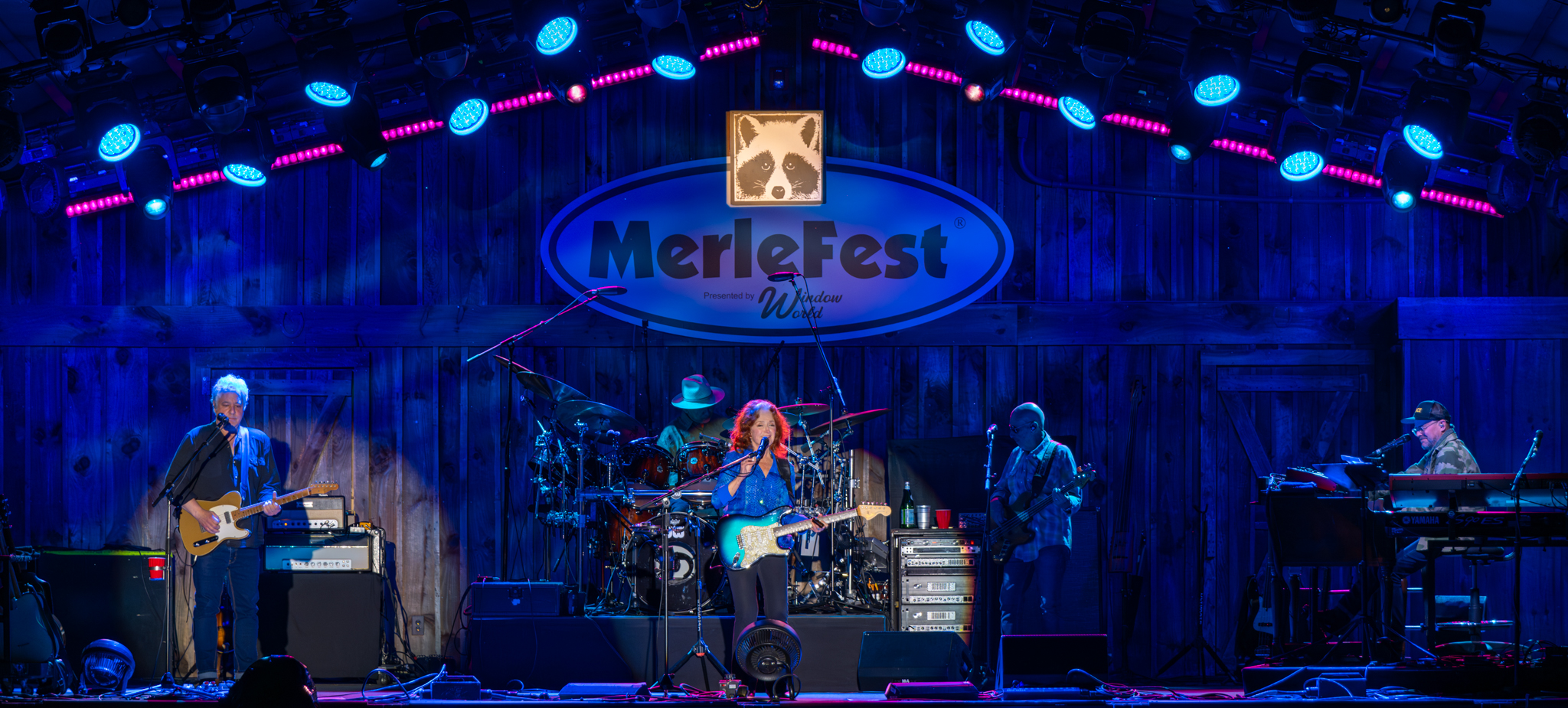Presented by the head of lighting for the RSC, Vince Herbert, the discussion covered the evolution of theater lighting design from Shakespeare’s times up to the present day, and how designers have overcome the technological challenges presented by each step forward in lighting science.
Attendees, including designers, consultants, programmers and others, were able to see Lightlock in action as well as tour the company’s portable version of the Royal Shakespeare Theater.
The RSC Lightlock’s auto sensing motion-dampening technology lets designers position moving light fixtures on lightweight rigging systems such as cables or small battens without being concerned about undue movement of the fixture. The self-contained unit requires no control signal or programming, making it a plug and play device.
Moving fixtures can now be used as changeable focus specials as well as allowing the movement of fixtures without the worry of disturbing other parts of the lighting system.
Lightlock was developed by the Royal Shakespeare Company as a direct result of their needs created by the redesign of their key performance spaces. The systems make it possible to install fixtures on cable winches, allowing service to be conducted at floor level. The advantages of keeping technicians on the deck while servicing equipment promises a reduction in time, expense and trouble for equipment maintenance.
The event, held Aug. 2, was supported by the staff at the Park Avenue Armory, the lighting department of the Royal Shakespeare Company, Pook, Diemont, and Ohl (New York area dealer for the RSC Lightlock) and Total Structures, manufacturer and distributor of Lightlock in North and South America.
For more information, please visit www.totalstructures.com



